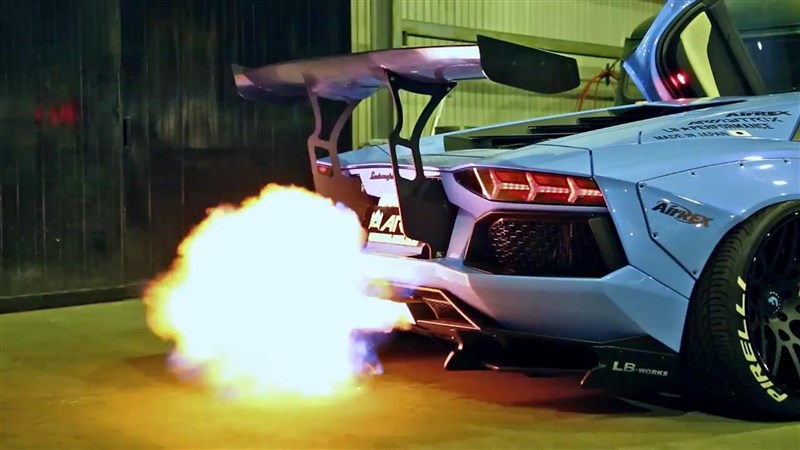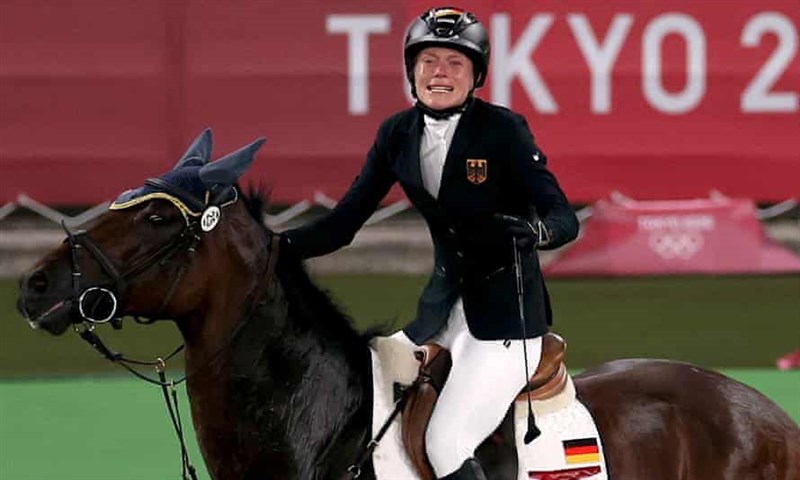Push-pull is a style of training that structures workouts based on your muscles’ movement patterns.
With this training style, you train upper body muscles that perform pushing movements one day and upper body muscles that perform pulling movements another day — either on the following day or separated by a rest day, depending on your experience level.
Here are the muscles that perform pushing and pulling movements:
- Pushing: chest, shoulders, and triceps
- Pulling: back, biceps, and forearms
A day for training the lower body and core typically follows the push and pull upper body workout days — again, either on the following day or separated by a rest day.
The leg muscles include the muscles located on the front (quadriceps) and back (hamstrings) of the thigh, glutes, and calves.
The push-pull style of training allows you to exercise all the major muscle groups a maximum of twice per week — assuming you trained 6 days a week with 1 day off.
This is a popular training split performed by bodybuilders and other types of athletes, like football players and wrestlers
However, push-pull workouts are great for anyone looking to gain muscle size and strength, including beginners.
There are several benefits to a push-pull training regimen.
Allows for optimal recovery
Traditional bodybuilding style workouts involve training one body part per day
This means you might train your chest one day, shoulders the next, triceps the day after, and so forth.
In this way, you’re training many of the same body parts multiple days in a row, which may overstress your muscles with time
Conversely, following a push-pull training regimen allows your muscles the full 72 hours it takes to recover before you train them again (3Trusted Source).
This is because you can only train a major muscle group every 3 days.
Anyone can benefit
Anyone can perform the push-pull training regimen and benefit from it.
Adjust how many times you train according to your strength training experience.
Beginners with less than 6 months of training should alternate training days with rest days to allow for a maximum of 3 training days per week
Those with intermediate (6 months to 2 years of training) and advanced (greater than 2 years of training) resistance training experience can train up to six times per week with 1 rest day separating each split
Here are examples of a training split for beginners as well as intermediate and advanced lifters:
Beginners:
- Day 1: Push
- Day 2: Rest
- Day 3: Pull
- Day 4: Rest
- Day 5: Legs and core
Intermediate and advanced:
- Day 1: Push
- Day 2: Pull
- Day 3: Legs and core
- Day 4: Rest
- Day 5: Push
- Day 6: Pull
- Day 7: Legs and core
You can increase or decrease the per-workout volume (repetitions, sets, and weight) for specific muscle groups according to your preferences and training goals.
Day 1: Push
- Seated dumbbell shoulder press. With dumbbells positioned to each side of your shoulders and elbows below the wrists, press upward until your arms are extended overhead. Pause for a second at the top, and then slowly lower the elbows back down to the starting position.
- Dumbbell incline chest press. Position dumbbells to the sides of your upper chest and press up until your arms are extended, and then slowly lower your elbows back to the starting position.
- Bodyweight triceps dips. Grip parallel bars. Starting with your arms straight and hips and knees bent, lower your body by bending your arms until a stretch is felt in the chest, and then slowly push yourself back up until your arms are fully extended again.
- Cable rope triceps pushdown. Facing a high pulley cable system, grasp the rope attachment. With elbows to your sides, extend arms down and turn palms down at the bottom. Slowly let your forearms come back up while keeping your elbows pinned to the sides of your body.
- Incline dumbbell chest fly. With dumbbells above your upper chest, palms facing inward, and arms extended in a slightly bent position, lower dumbbells outward to the sides of your shoulders. Keep your elbows slightly bent and bring dumbbells back together in a hugging motion above the upper chest.
- Dumbbell lateral shoulder raises. Holding dumbbells at your sides, keep your elbows slightly bent while raising your arms until your elbows are at shoulder height, before slowly lowering the elbows back down.
Day 3: Pull
- Bent over barbell row. Hold the barbell with a shoulder-width, overhand grip. Keep the feet hip-width distance and the knees slightly bent. Slowly hinge by pushing your hips back, keeping your arms and the barbell close to your legs. While maintaining a long and neutral spine, bend the elbows pulling them back alongside your body, and then slowly straighten the arms again.
- Cable pulldown. Grasp cable bar slightly wider than shoulder-width and sit with thighs under the support pads. Pull down the cable bar to your upper chest, keeping the lower back slightly curved. Slowly begin to straighten the arms and return to the starting position.
- Dumbbell shrugs. Holding dumbbells to your sides, shrug your shoulders as high as possible, and then relax them back down.
- Barbell biceps curls. Grasp a barbell with a shoulder-width, underhand grip. Keeping elbows at their sides, raise the bar until your forearms are vertical. Pause at the top, and then slowly lower the barbell back to the starting position.
Day 5: Legs and core
- Deadlift. Squat down and grasp the barbell with a shoulder-width, overhand grip. Keep your feet flat and lift the bar by fully extending your hips and knees. Slowly lower the bar back down to the ground by hinging at your hips with a slight bend in the knees.
- Barbell back squat. Position the barbell on the back of your shoulders and grasp the bar to stabilize it. Squat down by bending at the hips until your knees and hips are fully bent. Return to standing by pressing through your heels and squeezing your glutes.
- Quadriceps leg extensions. Sitting on a leg extension machine, extend your knees until your legs are straight, and then slowly bend your knees back to the starting position.
- Seated hamstring leg curls. Sitting on a leg curl machine, bring your lower legs to the back of your thighs by flexing your knees, and then slowly straighten the legs again.
- Dumbbell standing calf raise. Grasp the dumbbells in each hand at your sides. Position balls of feet on a platform with your heels hanging over. Raise your heels as high as possible, and then slowly lower them back down.
- Hanging leg raise. Grasp a bar overhead. Raise your legs by flexing at the hips and knees until hips are fully flexed, slowly bringing the knees up toward the chest. Lower the legs back down.






















-210709125546260.jpg)

